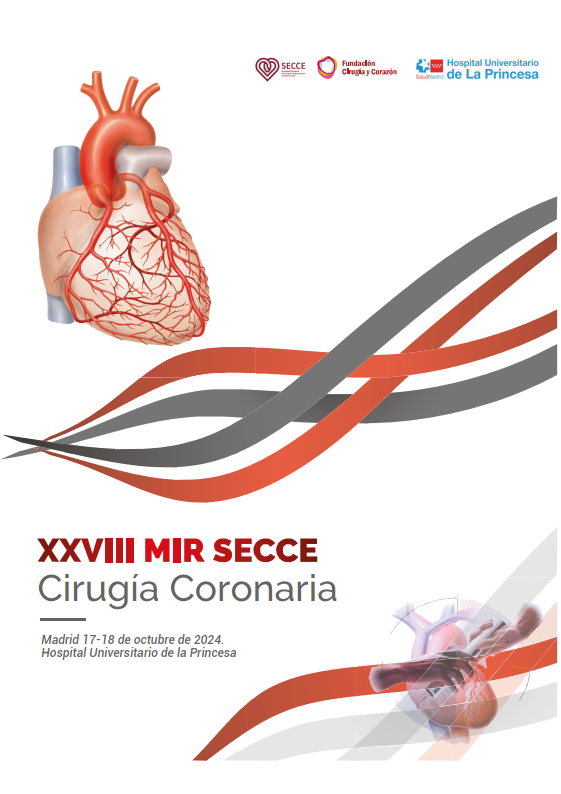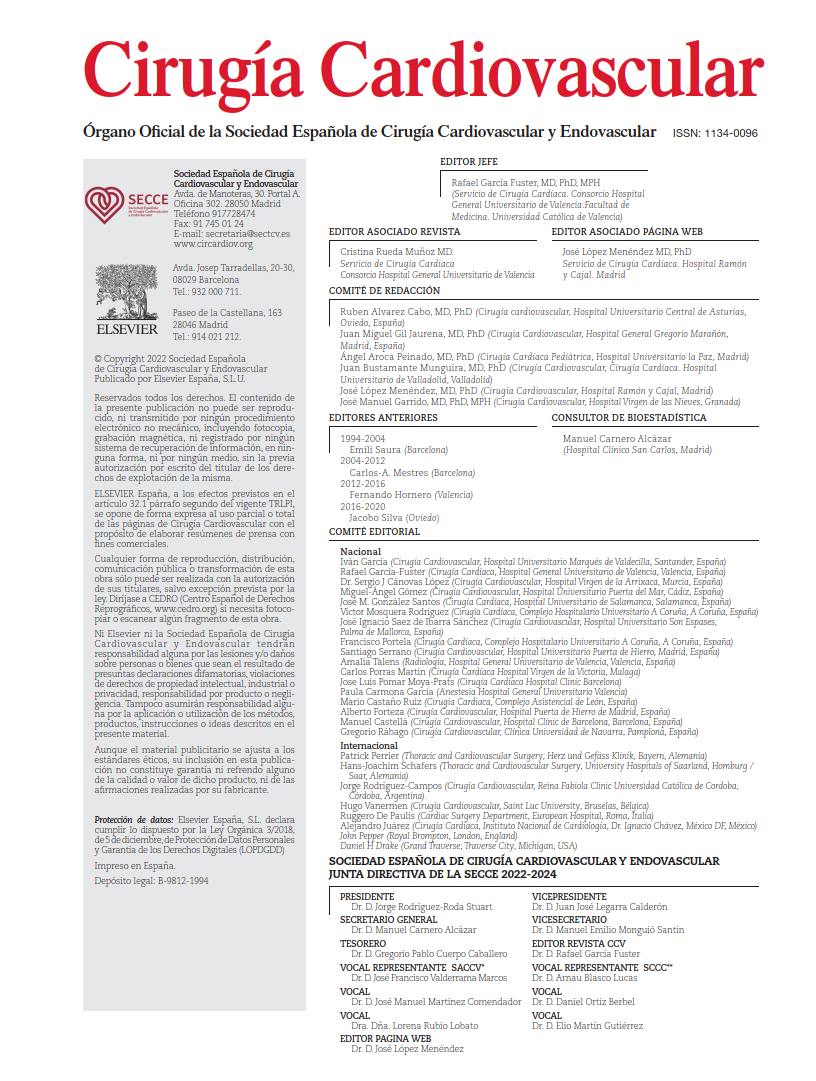PPM placement is a relatively frequent complication after cardiac operations, largely influenced by the type of procedure performed. In the case of TV surgery, the incidence of PPM is markedly higher than that observed in other valve interventions. Accordingly, the present analysis focused specifically on this subset of patients. Data were derived from the Society of Thoracic Surgeons Adult Cardiac Surgery Database (STS ACSD), including patients who underwent TV surgery between 2011 and 2020.
A total of 71.937 patients undergoing TV procedures were identified. Mean age was 66 years, with 56% women, and a mean left ventricular ejection fraction (LVEF) of 56%. Valve repair was performed in 86% and replacement in 14% of cases. Most surgeries (87%) were performed in the context of combined procedures, including mitral valve repair or replacement (70%), surgical atrial fibrillation (AF) ablation (31%), aortic valve replacement (21%), and coronary artery bypass grafting (20%). Isolated TV repair was performed in 4.1%, isolated TV replacement in 5.3%, combined repair in 57.5%, and combined replacement in 4.9% of patients.
Variables analyzed included age, sex, hypertension, prior myocardial infarction, history of arrhythmias (AF, sick sinus syndrome, ventricular tachycardia/fibrillation, atrioventricular block), congestive heart failure, dyslipidemia, endocarditis, isolated versus concomitant surgery, reoperation status, preoperative beta-blocker use, type of TV procedure (repair vs replacement), cardiopulmonary bypass time, and hospital-level surgical volume for TV procedures. Exclusion criteria were prior or intraoperative PPM implantation, heart transplant, tricuspid valvulotomy, transcatheter tricuspid procedures, or lack of complete data on prior TV surgery.
The incidence of PPM implantation was 15% in the overall cohort. Among patients undergoing repair, the rate was 13%, while 25% of those undergoing replacement required PPM implantation. The risk was higher in combined procedures compared with isolated ones.
Univariable analyses showed that PPM implantation was more frequent in women, patients with comorbidities, reoperations, and those undergoing combined procedures, particularly mitral-tricuspid, aortic-tricuspid, and AF ablation. In TV repair procedures, PPM incidence was higher in patients who received a prosthetic ring (15%) compared with those treated with a Teflon band (11%) or other techniques, such as pericardial patch or continuous suture (10%). For TV replacement, 27-mm prosthetic valves were associated with a 30% incidence of PPM implantation, increasing to 36% with 33-mm valves. However, larger annuloplasty rings were not associated with a higher PPM rate.
Infective endocarditis was found to be 4 times more likely to result in TV replacement than repair.
Interestingly, among patients who underwent PPM implantation within the first 6 days postoperatively, long-term pacing dependency was uncommon.
COMMENTARY:
This study provides key insights supporting the preferential use of tricuspid valve (TV) repair over replacement whenever feasible, as valve replacement was clearly associated with increased risk of both permanent pacemaker (PPM) implantation and infective endocarditis. One particularly relevant finding is the variation in PPM incidence depending on the annuloplasty technique employed. In procedures using prosthetic rings, the likelihood of conduction disturbances was higher, suggesting that enhanced caution is warranted when selecting this approach.
PPM implantation after TV surgery entails a longer hospital stay and a broad range of associated complications, including higher mortality, surgical site infections, and device-related issues such as generator erosion or lead malfunction. Importantly, whenever the patient’s condition allows, delaying PPM implantation to allow for potential rhythm recovery—particularly during the first postoperative week—may help reduce both the incidence of PPM placement and the burden of its related comorbidities.
From a practical standpoint, this study underscores the importance of anticipating a higher likelihood of PPM requirement in patients undergoing combined procedures, especially those involving prolonged cardiopulmonary bypass. The risk is further elevated in valve replacement compared to repair. Accordingly, careful preoperative risk stratification and intraoperative strategies aimed at preserving conduction system integrity may play a critical role in optimizing outcomes.
REFERENCE
Zaheer S, Holmes SD, Rodriguez E, Winicki NM, Larson E, Quinn R, et al. Factors Associated With Permanent Pacemaker Placement After Tricuspid Valve Operations. Ann Thorac Surg. 2025 Feb;119(2):377-387. doi: 10.1016/j.athoracsur.2024.09.042.



